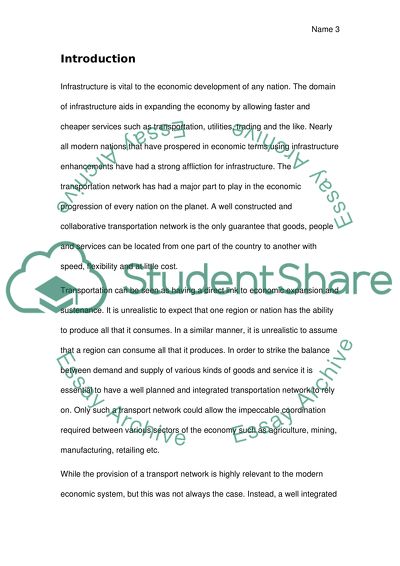Cite this document
(“History of the Mexican Trains Ferrocarriles Research Paper”, n.d.)
Retrieved from https://studentshare.org/history/1399046-history-of-the-mexican-trains-ferrocarriles
Retrieved from https://studentshare.org/history/1399046-history-of-the-mexican-trains-ferrocarriles
(History of the Mexican Trains Ferrocarriles Research Paper)
https://studentshare.org/history/1399046-history-of-the-mexican-trains-ferrocarriles.
https://studentshare.org/history/1399046-history-of-the-mexican-trains-ferrocarriles.
“History of the Mexican Trains Ferrocarriles Research Paper”, n.d. https://studentshare.org/history/1399046-history-of-the-mexican-trains-ferrocarriles.


